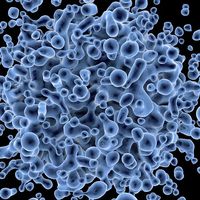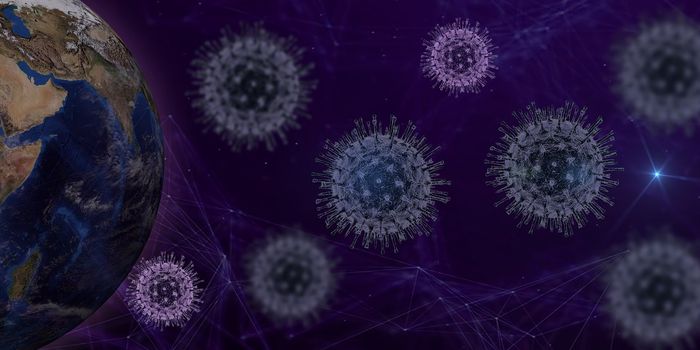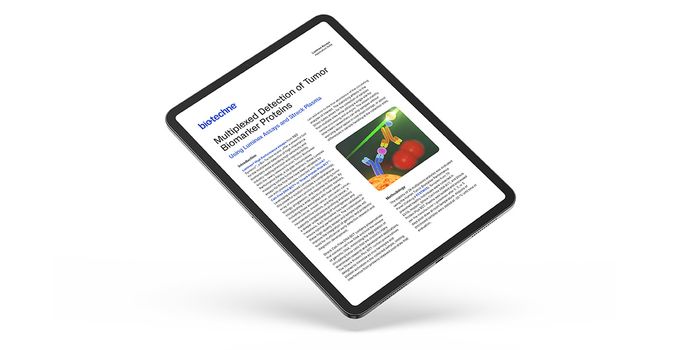Autonomous Binding on T Cell Membrane Improves Immune Function
A major research topic in medicine is to improve immune system function. The body responds to disease by activating cells within the immune system to target and kill the infected cells, therefore preventing the disease from spreading and taking over other cells in the body. Consequently, the immune system then remembers the infection, and if an individual is ever exposed to that particular infection again, it responds faster with little-to-no side effects. Key immune cells include B cells, mast cells, natural killer cells, neutrophils, and T cells.
T cells are a critical cell population within the immune system and are responsible for many functions like infected cell death and the activation of other immune cells. T cells are activated by binding to molecules expressed on antigen presenting cells (APCs), which is a general characterization for different cell types that hold this function including B cells and dendritic cells. The critical function of a T cell includes their ability to kill or lyse infected cells. Many researchers have made T cell lysing the focus of their work and papers are frequently published showcasing new discoveries on how to better activate T cells and improve their lysing function.
One group at the University of California San Diego set out to determine how T cells self-activate. Dr. Enfu Hui lead the UC San Diego team that investigated the mechanism of T cell activation through B7, a T cell stimulating protein. Hui and colleagues first found that APCs expressing B7 were scarce in tissue around the body, but T cells were still activated through CD28, a T cell receptor that binds to B7. They investigated this phenomenon using in vitro and in vivo models. Reported in Immunity, Hui and colleagues established that B7 is also on CD8+ or cytotoxic T cells, which is critical to autonomous activation as it demonstrates that the T cell has both the protein and receptor needed to activate itself.
Hui and colleagues further identified that the interaction between B7 and CD28 occurs on the same cell. This is a crucial finding because it explains how T cells can still be activated in the body without APCs that express B7. Interestingly, the autonomous biding of B7 and CD28 is due to the T cell membrane or border folding into itself. This further explains the mechanism by which this interaction occurs. It also provides more insight into the flexibility and adaptive nature of T cells.
Additionally, Hui and colleagues tested this finding in cancer models to further demonstrate that the discovered mechanism effects immunity. They found that this autonomous B7:CD28 binding not only activates T cells, but also generates anti-cancer immunity. The findings show that when this binding occurred, tumor growth was reduced compared to when CD28 receptor was impaired, and the tumor grew.
Hui and colleagues have uncovered a novel mechanism that helps explain how T cells are further activated and target illness. This novel discovery improves our understanding of T cell activation and function. Although Hui and colleagues tested this phenomenon in a tumor model, it can be applied to other diseases. The impact of this paper will further progress therapeutic treatment options and improve patient outcomes.








